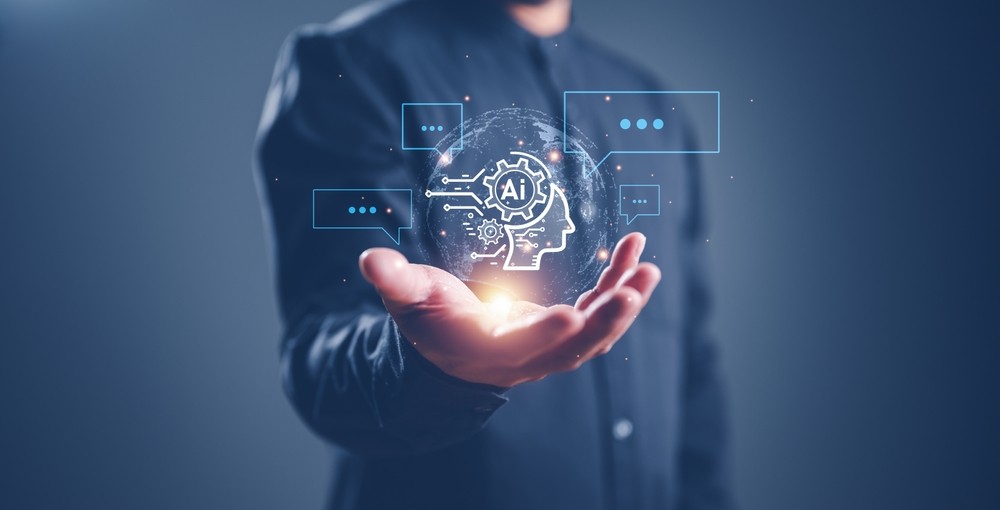What is the environmental impact of data centres, how can they become more sustainable, and what is the role of AI?
A wide range of industries are growing at a rapid pace – however, as they grow, so does their data centre energy consumption. Because climate change is such a pressing global issue, it’s imperative that businesses have a plan in place to reduce their environmental impact. Data centres account for nearly 1% of energy-related greenhouse gas emissions, and in some cases, cooling systems use up to 40% of the total energy a data centre needs. But the amount of energy and water required to run data centres is no longer the only obstacle they need to overcome: with the rapid adoption of AI and GenAI, the power required for computing resources (and associated power for data centres, either owned or cloud based) is only going to increase, and will have a direct impact on the environment.
However, despite the strain AI currently places on data centre capacity, the future is bright. Used correctly, it has the potential to become a source of savings by optimising and bringing efficiency to energy consumption. As an example, some of the tech industry’s biggest players are already developing AI-powered solutions to reduce the volume of energy dedicated to cooling servers, with Google DeepMind developing a way to reduce the volume of energy dedicated to cooling by 40%, and the company building a $1 billion data centre in the UK last month to boost the growth of AI.
What are the benefits of cloud migration?
To keep up with accelerated innovation and near-constant industry disruptions, companies must adapt. Exiting their data centres (which may have been built decades ago using legacy technologies and are thus not eco-efficient in the way they operate) for modern technologies and solutions is one way forward. While successful implementation of AI is the (near) future, adopting the cloud is an important first step, and with the right guidance it can be a successful, seamless transition.
Modern-day cloud infrastructure (both from hyperscalers and top green data centre providers) handles energy requirements and carbon emissions in a highly sophisticated and efficient manner. In most cases, these providers operate almost fully on renewable energy, and sometimes, the heat generated by the IT systems is ploughed back to power cities, thereby creating 100% zero-carbon emission centres.
How can business leaders overcome sustainability challenges and work to reduce their carbon footprint?
While there is a general appreciation and consensus across IT and business leaders towards reducing CO2 emissions, the challenge has always been around
measurements and the ability to clearly quantify the baselines as well as improvements required.
Over the years, there has been a growing understanding around what constitutes the baseline for measuring IT sustainability. It is a comprehensive approach of Scope 1, 2 and 3, with Scope 1 being direct emissions that are owned or controlled by the company, and Scope 2 and 3 being indirect emissions that are a consequence of the activities of the company, but which occur from sources not owned or controlled by it. This makes it slightly complex for organisations driving sustainability to not only control what they can but also to have a deep comprehension of what their suppliers and supply chain are contributing to in terms of eco-friendliness.
In the cloud era, a business’s cloud supplier is wholly responsible for how power is regulated or managed, so working with a trusted, vetted organisation – which promotes the use of renewable energy and supports your low/zero waste strategy – is the only way to guarantee that your business’s energy utilisation is efficient.
In other parts of IT, businesses need to work with partners who are committing to sustainable manufacturing practices as well as to a ‘circular economy’.
It is clear from the above two scenarios that Scope 2 and Scope 3 will be the biggest contributors to overall emissions, and thus it is important for companies to carefully assess partners and providers who bring comprehensive methodologies, measurable practices and new-age solutions to help them achieve their sustainability goals.
What’s next for data centres in the near future?
With AI and GenAI, use cases will become more prevalent across businesses over the next year. There will be a huge surge in demand for energy by cloud data centres as well as edge data centres, and providers who can demonstrate a clean and green way of delivering that energy will emerge as the winners. Further, the Climate Neutral Data Centre Pact will dictate that all these providers ensure their data centres (powering the cloud or otherwise) are compliant with the optimal power usage effectiveness (PUE) standards, thus assuring a sustainable future.





